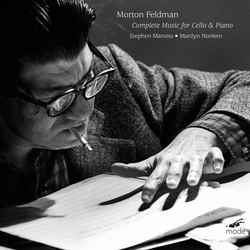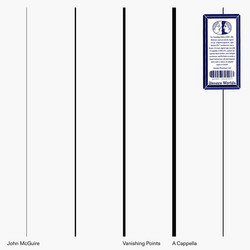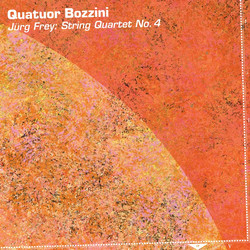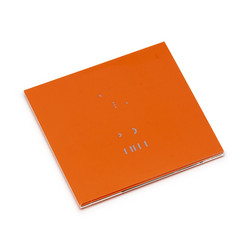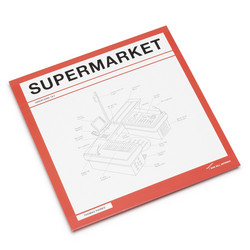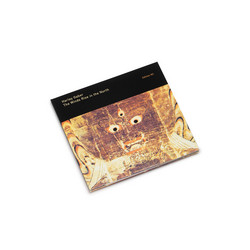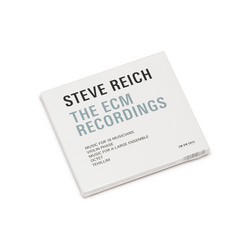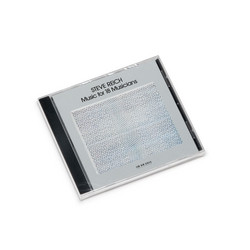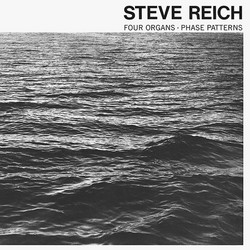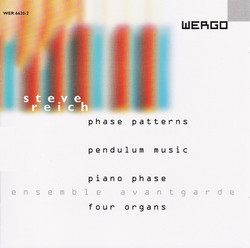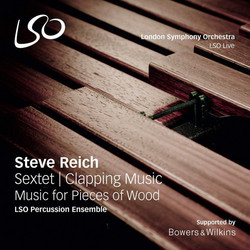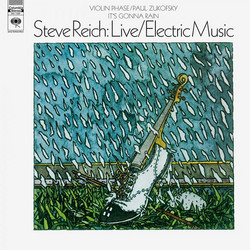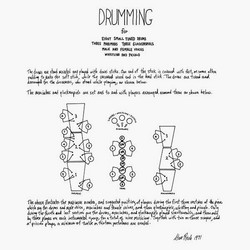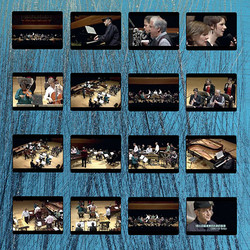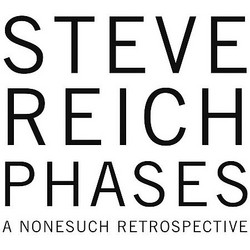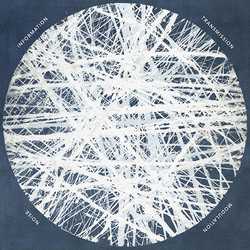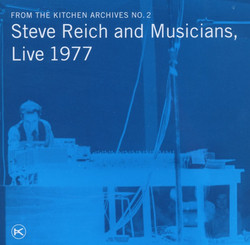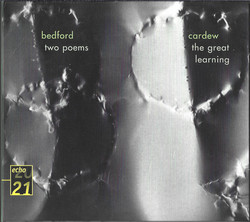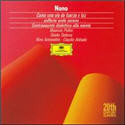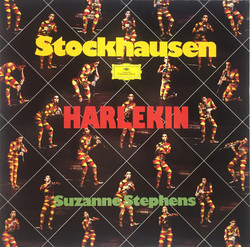Steve Reich
Drumming (2 x CD)
Steve Reich’s Drumming , more than forty years after its composition, stands as a watershed document of modern music. In its ambitious scope, intellectual rigor, and artistic seriousness, this piece, along with Terry Riley’s In C and Philip Glass’s Music in Twelve Parts, went a long way toward establishing minimalism’s quickly expanding influence in the early 1970s.
Most of Steve Reich’s early music is focused on phase patterns, in which a fixed rhythmic pattern is layered and moved in and out of sync with itself. (The purest of Reich’s pieces in this vein is Clapping Music.) Reich arrived at this approach via experiments in tape music, most notably It’s Gonna Rain (1965) and Come Out (1966). He transferred the phase idea to instrumental performance, beginning with Piano Phase (1967). Many of these earliest pieces have an etude-like quality, exploring a constrained concept to its clear end. Although phase patterns remained a significant part of Reich’s music, the form and character of later works involved much intuitive compositional decision-making. Drumming (1970-71), Reich’s largest work to that date, was the culmination of Reich’s works based on pure phase patterns.
reich rhythmDrumming is in four parts played continuously, beginning with bongos, moving to marimbas with soprano and alto voice, then glockenspiels with whistling and piccolo. The final part combines these three groups. The voices, whistling, and piccolo clarify aggregate rhythms formed in the percussion parts. Drumming relies on a single fundamental rhythmic pattern of eighth notes and rests in a 12/8 measure.
In addition to changes in timbre, this is manipulated musically in three ways: reduction, that is, changing sounded notes to rests; saturation (replacing rests with notes); and by layering in phase patterns, adjusted by one or more eighth notes relative to another performer playing the same rhythm. (This also applies to its reduced and saturated forms.)
In 1966 Steve Reich had formed his own group, Steve Reich and Musicians, with which he worked closely in performance to refine his compositional ideas. The group usually played outside the often insular confines of traditional concert venues; thus it was that Drumming was premiered at the Museum of Modern Art in New York City in December 1971. The work’s early exposure to a non-specialist audience proved incredibly fertile ground for this visceral, innovative, and powerful music to take root and grow into the wider world.

